Have you ever considered how incorporating gratitude into your daily life can enrich your heart and mind? A “gratitude journal” is a fantastic way to capture that feeling of thankfulness. By consciously acknowledging what you’re grateful for each day, you can boost your happiness and reduce stress.
In this article, we’ll explore the benefits of keeping a gratitude journal, how to get started, the cultural differences in expressing gratitude, and tips for maintaining your journaling practice. Taking the first step toward a more fulfilling life starts with integrating a gratitude journal into your routine.
- The boost in happiness that comes from gratitude journaling
- Simple steps to start your own gratitude journal
- Cultural differences in expressions of gratitude
The Benefits of Keeping a Gratitude Journal
A gratitude journal is a powerful tool for consciously recording moments of thankfulness in our daily lives, which can have a profoundly positive impact on our mental well-being. In the hustle and bustle of everyday life, we often overlook small blessings and moments of gratitude. However, by maintaining a gratitude journal, we can remind ourselves of these moments and enhance our overall sense of happiness. Additionally, cultivating gratitude can reduce stress and promote emotional stability.
In this section, we will delve into the specific benefits of keeping a gratitude journal, focusing on two key aspects: enhancing happiness and reducing stress. Let’s explore why expressing gratitude can enrich our lives.
Enhancing Happiness
Keeping a gratitude journal encourages us to pay attention to the moments we can be thankful for in our daily routines. This shift in focus fosters positive thinking and boosts our overall sense of happiness. Research has shown that having a mindset of gratitude is linked to increased feelings of joy. By appreciating the small events in our lives, we allow warmth and positivity to spread within us.
Moreover, a gratitude journal can also enhance our self-esteem. By directing our attention to the good things in our lives, we can view ourselves more positively and cultivate a greater sense of happiness.
- A gratitude journal promotes positive thinking
- Focusing on small blessings enhances happiness
- It boosts self-esteem
Reducing Stress
Cultivating gratitude is also an effective way to alleviate stress. Keeping a gratitude journal helps lighten daily stressors and fosters a sense of mental ease. By softening our reactions to negative events and finding elements to be thankful for even in challenging situations, we can lighten our emotional load.
Furthermore, expressing gratitude improves our relationships with those around us. Stronger connections with others reduce feelings of loneliness, which in turn leads to decreased stress. Discover how maintaining a gratitude journal can be a valuable strategy for supporting your mental health.
- Gratitude alleviates stress
- It softens reactions to negative events
- Strengthened connections reduce feelings of loneliness
How to Start a Gratitude Journal
Starting a gratitude journal is a simple habit that anyone can adopt. By consciously writing down the things you are thankful for in your daily life, you can reflect on your emotional state. Keeping a gratitude journal can enhance your sense of happiness and reduce stress. In this section, we’ll go over some concrete steps to kick off your gratitude journaling journey and how to make it a daily routine.
To begin, let’s take some easy steps to cultivate the habit of gratitude journaling. You don’t need any special tools; just grab a notebook or use an app to start recording your thoughts. Next, let’s consider how to integrate this practice into your daily life. By consistently writing, you’ll deepen your feelings of gratitude over time.
Simple Steps to Get Started
The steps to start a gratitude journal are incredibly straightforward. Begin by writing down three things you are grateful for each day. These don’t have to be monumental events; even small, everyday moments will do. For instance, you might note enjoying a delicious meal or receiving kindness from someone. Capture those moments of gratitude that arise in your daily life.
Feel free to write whatever comes to mind, but the key is consistency. At first, you might struggle to think of things to write, but as you continue, you’ll find more to be thankful for. By incorporating this practice into your daily routine, your gratitude journaling will naturally become a habit.
- Write down three things you are grateful for each day
- Small moments are perfectly fine
- Incorporate it into your routine to make it a habit
Making It a Daily Habit
To establish gratitude journaling as a daily habit, a few strategies can help. One effective approach is to set aside a specific time for journaling. For example, you could write in your gratitude journal in the morning upon waking or at night before you go to bed. By writing at a designated time, you can seamlessly integrate it into your daily routine.
Additionally, sharing your gratitude journal with others can be a great way to stay motivated. Discussing your feelings of gratitude with friends or family can enhance your motivation. Reflecting on grateful moments together can foster a deeper sense of appreciation.
For those looking to understand the power of gratitude more profoundly, I recommend checking out the article, “Discovering the Power of Gratitude Through Journaling: A Habit for a Happier Future.” This piece delves into how a gratitude journal can elevate your sense of happiness, so be sure to give it a read!
- Set aside specific times to journal for consistency
- Designate writing times to create a routine
- Share with others to boost motivation
The Cultural Differences in Expressing Gratitude
The ways we express gratitude can vary significantly across cultures. In Japanese culture, there’s a tendency to express thanks in a subtle and reserved manner, with unique customs rooted in politeness. In contrast, many Western cultures lean towards more open and direct expressions of gratitude, prioritizing straightforward communication. This section will explore the differences between the Japanese style of expressing thanks and the gratitude customs observed in other cultures.
Understanding these cultural distinctions in gratitude can provide a fresh perspective when writing a gratitude journal. The way we express our appreciation can deeply influence how we document our feelings of thankfulness.
Gratitude in Japanese Culture
In Japan, being modest is considered a virtue when expressing gratitude. While saying thank you is important, overly elaborate expressions are often avoided. For instance, when conveying gratitude, a humble attitude is key, and simple phrases like “ありがとうございます” (thank you) are preferred.
Moreover, demonstrating gratitude through actions is also significant in Japan. It’s common to bring a small gift or token of appreciation or to do something thoughtful for the other person. Thus, in Japanese culture, gratitude is often conveyed not just through words but also through meaningful actions.
- Modesty in expressing gratitude is valued in Japanese culture
- Simple expressions are favored
- Showing gratitude through actions is commonplace
Gratitude Practices Abroad
On the other hand, in many Western cultures, expressions of gratitude are more open and direct. Particularly in countries like the United States and Canada, people frequently use phrases like “Thank you” and actively communicate their appreciation. This simple phrase is woven into daily life, fostering a sense of friendliness among individuals.
Additionally, there are various ways to express gratitude in these cultures. Sending cards or letters to convey thanks is quite common, especially during special occasions like Thanksgiving or birthdays. This approach promotes open and friendly communication, making gratitude an integral part of social interactions.
For those interested in a deeper understanding of cultural differences in gratitude, we recommend checking out this article on “Mastering Your Emotions with Effective Habits.” Learning to control your emotions is crucial for expressing gratitude appropriately, and these habits can help you build better relationships.
- Gratitude expressions in Western cultures are open and direct
- Thank you is commonly used in daily interactions
- Sending cards or letters to express thanks is typical
Tips for Keeping a Gratitude Journal
A gratitude journal is a wonderful way to cultivate a richer emotional life, but it can sometimes be challenging to maintain. In the midst of our busy schedules, it’s easy to forget to jot things down or lose motivation. However, by incorporating a few strategies, you can make the practice of keeping a gratitude journal enjoyable and sustainable. In this section, we’ll explore how to keep your motivation high and effective ways to record your gratitude.
To keep up with your gratitude journal, it’s crucial to find a method that you enjoy. Once you start experiencing the benefits of consistency, you’ll naturally want to continue. Let’s dive into some specific strategies.
Staying Motivated
To maintain motivation for your gratitude journal, it’s important to be aware of how you feel. When you notice an increase in happiness from writing in your journal, it becomes a pleasure rather than a chore. Make it a priority to take time for yourself to discover what you’re grateful for.
Setting goals can also be highly effective. For instance, you might decide to write in your gratitude journal at least once a week or choose specific themes (like gratitude for family or joys at work) to explore new perspectives on what you appreciate. This can turn journaling into something you look forward to.
- Be aware of the happiness that comes from keeping a gratitude journal
- Make time to discover what gratitude means to you
- Set goals to gain new perspectives
Effective Recording Methods
Finding a recording style that suits you is key to maintaining your gratitude journal effectively. Start by deciding whether you prefer to write by hand or use an app. Writing by hand allows you to take a moment to reflect, helping to deepen your feelings of gratitude. On the other hand, using an app makes it easy to record your thoughts and access them anytime, anywhere.
You can also experiment with how you record your gratitude. Instead of simply writing down “things I’m grateful for today,” try documenting specific stories or experiences. By detailing who or what you’re grateful for, you’ll evoke stronger emotions when you look back at your entries.
Setting clear goals can significantly enhance your journaling experience. If you want to learn more about effective goal-setting techniques and steps for success, check out this article on “How to Set Personal Goals Effectively: Steps to Success.” Clarifying your goals will make continuing your gratitude journal even more enjoyable.
- Discover a recording style that works for you
- Choose between handwritten notes or an app
- Deepen your gratitude by recording specific stories
In Summary
Keeping a gratitude journal is an effective way to cultivate a sense of appreciation in our daily lives. By consciously recording moments of gratitude, we can enhance our feelings of happiness and reduce stress. Additionally, understanding gratitude practices in both Japanese culture and abroad can broaden our ways of expressing thanks. By incorporating tips to maintain motivation, you can effectively continue your journaling journey.
Writing down your feelings of gratitude allows you to experience a richer inner life. We encourage you to use the methods discussed in this article as a guide to start your own gratitude journal. As you notice changes in your mindset, you’ll find that each day can become even more fulfilling.
- Gratitude journals boost happiness and alleviate stress
- Deepen your understanding of gratitude practices in Japan and around the world
- Utilize tips to maintain motivation and effectively keep your journal going
Through your gratitude journal, you’ll discover the small joys in everyday life. We’d love for you to share your moments of gratitude!






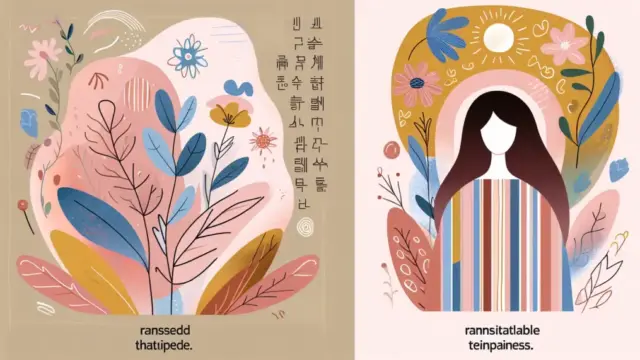





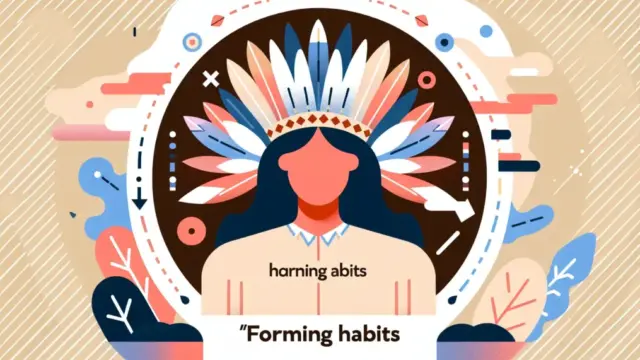



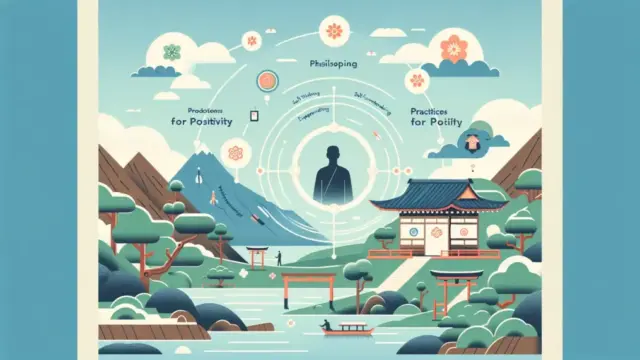















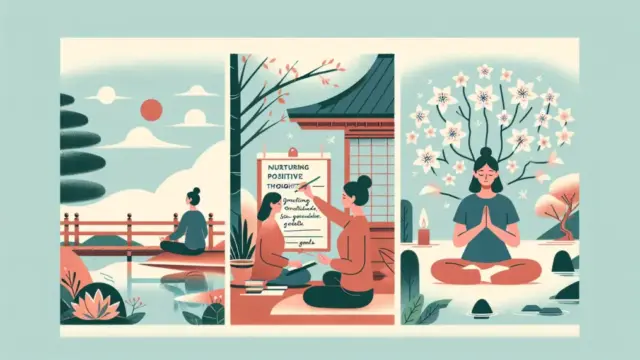
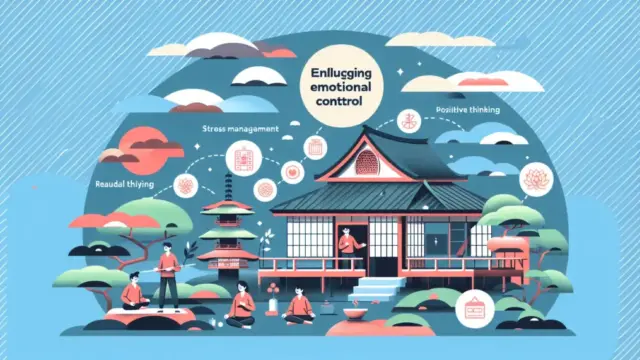







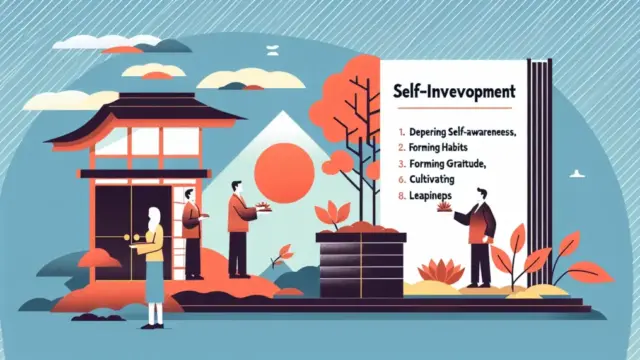










Comment